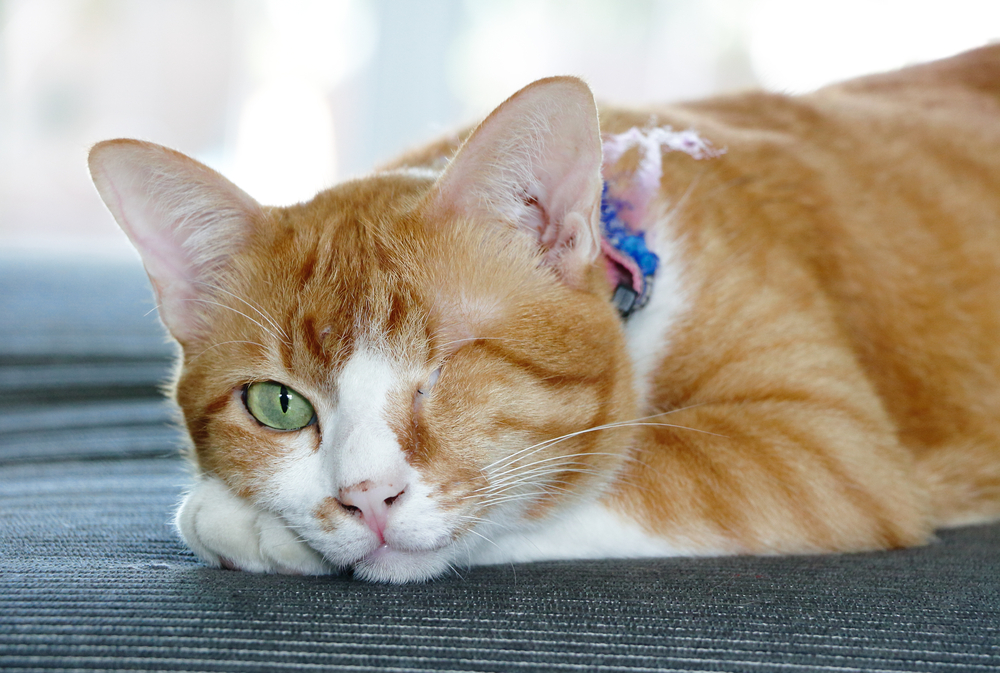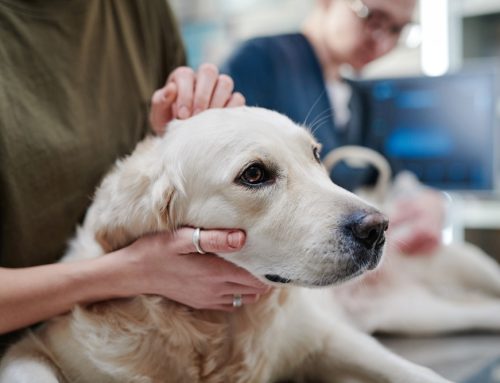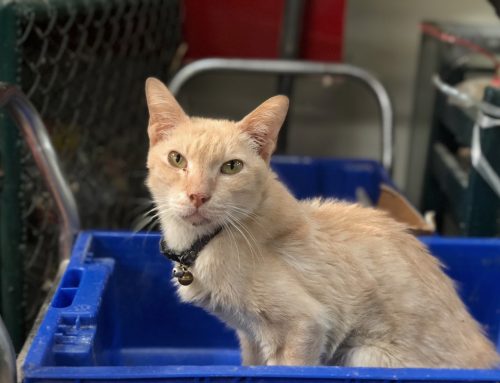Every pet is special, and specially abled pets are more so. A specially abled pet may have suffered an injury, birth defect, or disease that led to reduced—or a total loss of—vision, hearing, or mobility. Animals are amazingly resilient, and—with their family’s physical and emotional support—a specially abled pet can enjoy a long, happy life. Follow our Star of Texas Veterinary Hospital team’s do’s and don’ts for helping your specially abled pet have a fulfilling life.
DO educate yourself about your pet’s needs
Whether your pet’s disability was sudden or progressed over time, you need to understand how the condition affects your furry pal, so you can make necessary accommodations in and around your home to help them navigate their environment safely and enjoy a good quality of life. Your veterinarian is a knowledgeable resource and can answer all your questions about caring for your specially abled pet.
DON’T feel sorry for your pet
Specially abled pets do not feel sorry for themselves, and neither should you. If your pet was born with a disability, they know no other life, and they are likely quite comfortable navigating the world as they always have. If your pet becomes disabled later in life, do not assume the new challenges will break their spirit. Focus, rather, on supporting your pet’s physical and emotional needs as they adapt to their new way of life.
DO make your home more accessible for your pet
Modify your home to accommodate your specially abled pet’s needs to ensure they feel comfortable and confident. To help your specially abled pet navigate your home with ease, consider the following modifications:
- Gates — To keep your pet away from hazardous areas, install pet gates at the top or bottom of stairs and in doorways.
- Ramps — To help your pet with limited mobility access their favorite resting places on a couch or bed, install ramps. In addition, keep a portable ramp in your car to help your pet get in and out.
- Traction — Non-slip flooring is a must for pets with mobility issues. To reduce your pet’s injury risk on slippery floors, such as wood, linoleum, or tile, put down textured runners.
- Clutter — To prevent your pet from tripping on an errant item, keep the floor clear by minimizing clutter.
- Layout — To avoid confusing your pet, maintain your furniture layout as much as possible. Typically, a specially abled pet can quickly adapt to a new layout, but if you excessively rearrange or add furniture, your furry pal may have difficulty safely navigating.

DON’T neglect your pet’s wellness exams
Regular wellness exams are essential for all pets. However, to manage your specially abled pet’s condition and detect any potential issues early—when treatment is more effective—your veterinarian will likely recommend your furry pal visit more frequently. In addition, ensure your pet’s vaccinations and parasite prevention are up-to-date to help them avoid many life-threatening—but treatable—diseases.
DO find a specially abled pet support group
Join an online or in-person support group to connect with other pet owners who are caring for specially abled pets. These forums encourage you to discuss your specially abled pet care struggles and successes. In addition, those who have had pet care challenges similar to yours are always eager to share suggestions and informational resources. If you cannot find an appropriate support group, launch your own. You will be amazed at the number of people who are also seeking connection and support—and you and your pet may make some lifelong friends.
DON’T leave your pet unsecured outside
While you likely control your home’s indoor environment with relative ease, the outdoors are unpredictably challenging when you are trying to help your specially abled pet avoid hazards. To protect your pet from experiencing a potential accident while on a walk, keep them on a secure leash. In addition, allow your pet to explore off leash only in securely fenced areas while you monitor them.
DO find new ways to communicate with your pet
You may need to learn new ways of communicating with your specially abled pet, especially if they are hearing- or vision-impaired. For example, a deaf pet cannot respond to verbal commands, and you must train them to understand hand signals. In addition, a deaf pet can be easily started, and you should ensure they see you before you touch them. Unlike a pet with hearing loss, a pet with vision loss responds to sound cues. A blind pet can also be easily startled, and you should speak before you touch them. To prevent people from startling your sight- or hearing-impaired pet, outfit your furry pal in a brightly colored harness—signaling their disability—which reminds people to make their presence known to your four-legged friend before touching them.
By making simple accommodations, you can fulfill your specially abled pet’s unique needs. In addition, always keep in mind that our Star of Texas Veterinary Hospital team is here to help you maintain your furry pal’s health. Schedule your pet’s wellness exam today, and help your specially abled pet enjoy a healthy and fulfilling life.






